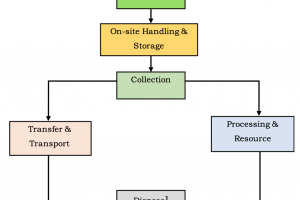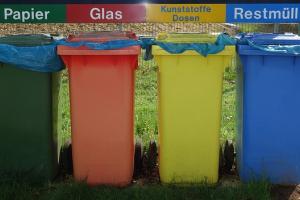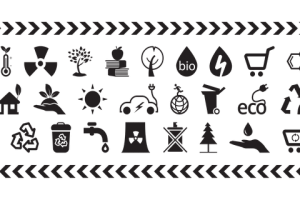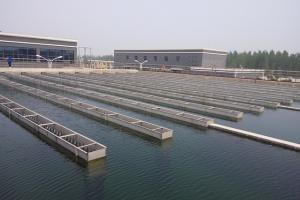Types of Screens in Waste Water Treatment Plants
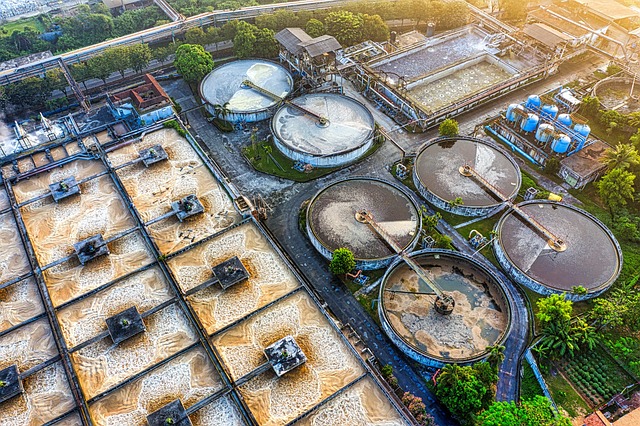
Screens can be classified on the basis of the following criteria:
- Opening size: Coarse, Medium, Fine
- Cleaning Method: Manual, Mechanical, Raked, Water jet
- Configuration: Bar screens, Mesh screens
- Screen surface: Fixed, Moving
Types of Screens
Types of Screens on the basis of Opening Size:
- Coarse Screens
- Fixed Bar Screen
- Band Bar Screen
- Fine Screen
- Fixed Screen
- Band Screen
- Disk Screen
- Moving Screen
- Drum Screen
- Strainers
1. Coarse Screen
It is meant to protect pumps, valves, pipelines, impellers, and other related equipment. It is installed at the intake of wastewater before pumping, primary settling, or grit chamber and is made up of a grid of rods or bars.
| Coarse Screens | Micro Screening | Fine Screens |
| 6 to 150mm | < 0.5 k | less than 6mm |
2. Fine Screen
These screens are located behind coarse screens and their openings range from 10 - 13mm. These screens are meant to prevent the entry of small debris such as sticks, bark, leaves, fish, etc.
Fixed Screens
Fine Fixed screens are suitable when only a small amount of materials need to be removed and are often placed just after a bar screen. The openings of these screens range from 1 - 25mm
Band or Belt Screens
These are made up of flexible woven wire mesh screens normally installed for a river supply. An adjoining bar screen made up of mild steel is also attached to the flexible woven wire mesh. The movement of these screens is either vertical or horizontal in direction. Jets of water are used from the inside of the screens to remove the debris that has accumulated/clogged on the outer side of the screen.
Disc Screens
These screens operate in a circular direction. The diameter of these screens ranges from 2 - 5m and move at a speed of about 0.05m/s
Drum Screens
These screens are made up of hollow drums. The waste water is passed through the inside/hollow portion of the drum. The solid is retained inside the drum and the screenings are removed through gravitational action. Jets of water from outside can also be used to clean the drums through spraying.
Types of Screens on the Basis of Cleaning Methods
- Mechanically cleaned bar screens
- Manually cleaned bar screens
- Manually cleaned fixed bar screens
3. Strainers
In waste water treatment plants strainers are sometimes used to replace primary settling tanks to save higher construction costs. It can also reduce the burden of suspended solids in consecutive treatment processes. Its largest application is that it can be used as a sole treatment unit (except disinfection) for waters free of color and colloidal turbidity.
The retained materials are transferred through pumps to the digester for physical/chemical action. Its working principle is the same as a drum screen but its mesh size ranges from 15-64 mm to remove very fine suspended matter (Algae in Water Treatment Plant). Jets of water are used for cleaning through spraying.
The diameter of strainers ranges from 0.8 m to 3 m, having rotational speed of 0.075 - 0.75 m/s.
There are two types of screening processes
- Manually Operated
- Automatically
- Course screens (Bar Racks)
- Fine screens
- Micro screens




